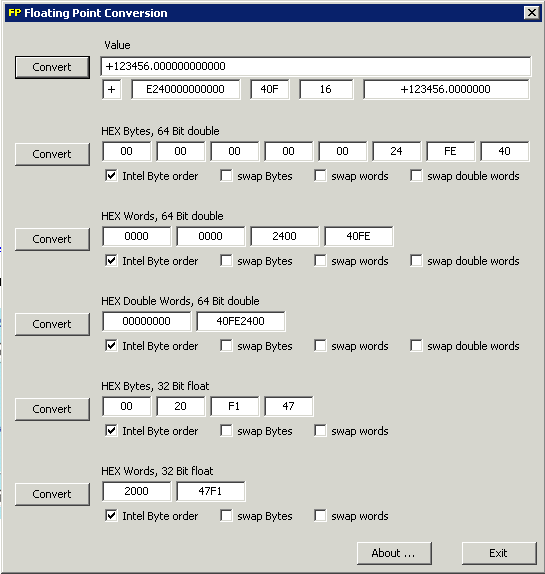How Real (Floating Point) and 32-bit Data is Encoded in Modbus RTU Messages
by Peter Chipkin | January, 2009
Automation, Control & Plant Intelligence - Articles, Analysis, Reviews, Interviews & Views
by Peter Chipkin | January, 2009









YOU MAY LIKE:
Popular Articles
Manufacturing Insights